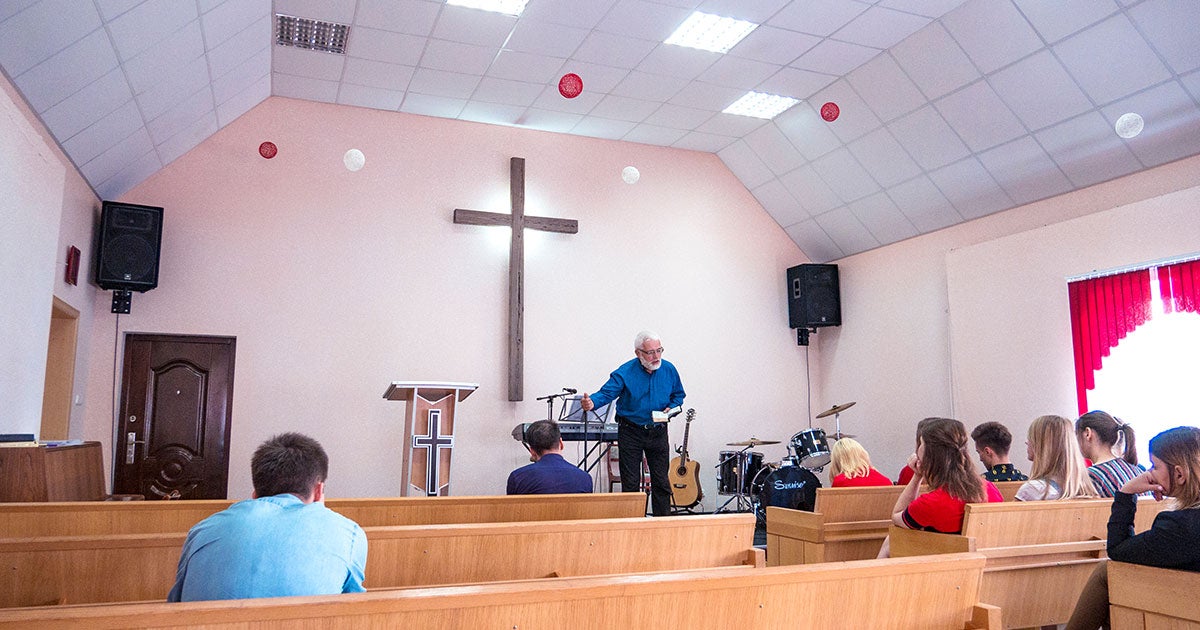
by Jorge Gomez, Senior Writer • 6 min read
There are glimmers of hope that the epidemic is nearing its end, and many people of faith are beginning to ask: When can we go back to church? Is it finally time to break out our Sunday’s best and attend an in-person church service again?
The answer depends on which state you live, which means places of worship must continue to monitor state and local requirements. In Texas, for example, Governor Greg Abbot issued updated guidelines for houses of worship allowing in-person services to resume, but encouraging them to conduct remote services when possible. With this action, Texas became the first state in the nation to make clear that citizens can begin returning to church.
On April 16, 2020, the federal government released guidelines for reopening America’s states, cities, and businesses. Federal guidelines call for a staggered reopening consisting of three (3) phases.
Below, First Liberty’s legal experts explain how these federal guidelines apply to places of worship, and recommends three key phases and additional guidelines to assist religious and community leaders as they gradually reopen their doors.
When states and localities announce phase one of reopening, places of worship are encouraged to relax some, but not all, of their shelter-in-place restrictions.
Generally, individuals are still encouraged to meet in groups of 10 or fewer, and places of worship should conduct religious services remotely when possible. However, if remote religious services are not possible due to logistical, technological, or financial constraints, places of worship may conduct in-person services so long as they observe the Centers for Disease Control and Prevention (CDC) guidelines for social distancing.
Employees and volunteers of places of worship may return to work in phases, but are likewise encouraged to observe the CDC guidelines. Common areas, such as kitchens, should remain closed, as well as schools, camps, and other organized youth activities. Vulnerable individuals, such as the elderly and those with underlying health conditions, should continue sheltering in place.
During phase two, although social distancing is still encouraged, it can be relaxed to a greater degree. Individuals are encouraged to meet in groups of 50 or fewer.
Such larger gatherings may observe moderate, as opposed to strict, social distancing protocols. Places of worship should continue encouraging employees and volunteers to work remotely if possible, and common areas should remain closed. Schooling and organized youth activities such as daycare and summer camps may reopen, and employees can resume nonessential travel. The federal government recommends that vulnerable individuals continue to shelter in place.
In phase three, individuals who are identified by medical professionals as not vulnerable do not need to practice social distancing protocols. Places of worship may resume unrestricted staffing of their workplaces.
Gatherings and events of greater than 50 people, which may include religious services, should observe mild social distancing protocols. Although vulnerable individuals remain encouraged to shelter in place, if they choose not to do so, they should practice social distancing.
Has your church or house of worship been affected by COVID-19 government restrictions?
Contact First Liberty immediately for legal assistance or if you have questions about your rights.
During each reopening phase, the federal government recommends that individuals and employers maintain certain safety practices. For individuals, this generally means practicing good hygiene and staying home when sick. Below are some general recommendations for places of worship to follow throughout each phase:
Need to share or take this information with you?
Click to download First Liberty’s Recommendations for Reopening Places of Worship.
Certainly, people of faith in all states are looking forward to the day when they can once again meet in-person. Yet, many houses of worship continue hosting drive-in services compliant with CDC guidelines as a safe and responsible way to live out their faith.
First Liberty’s expert legal team has outlined what you need to know about hosting a safe and legal drive-in service. This should prove useful if you’re ever in the position of a state or local official trying to shut down your church services, or if they claim that your religious rights are “suspended.”
Click to download First Liberty’s Guidance on Drive-In Religious Services.